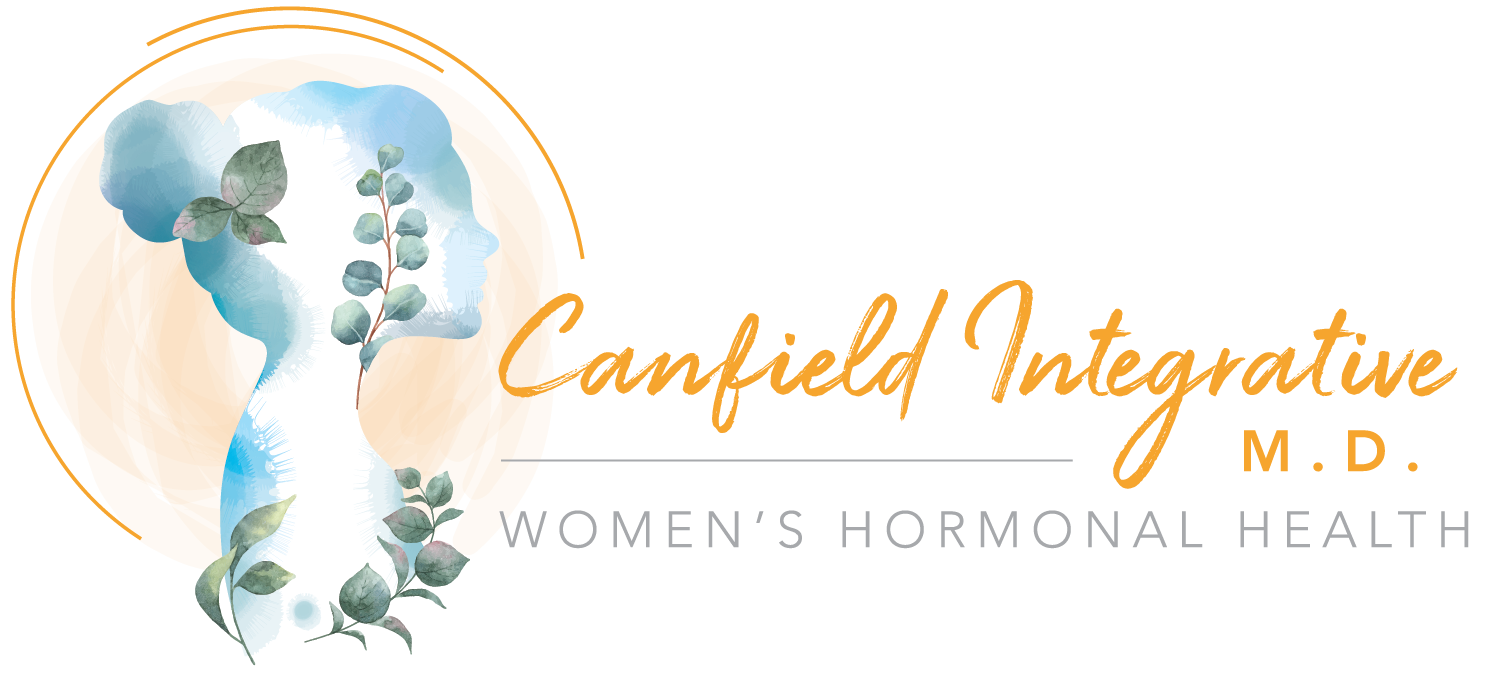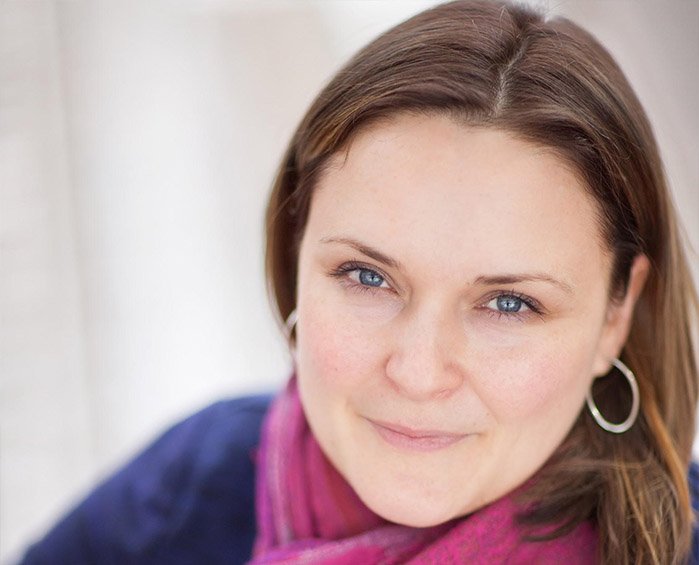My Story, My 'Why', and Medical Coding, Oh My!
My Story
Imagine, it’s 4am in a big downtown, county hospital. The kind you get an escort to your car after your shift if you’re a woman. I’m on my trauma surgery rotation. This is THE rotation they talk about and sensationalize on TV. (By the way, I can’t watch those shows – well, except Scrubs, that was just funny!) The whole team has been awake for almost 24 hours. I’m a 3rd year medical student on a team of other medical students, interns, residents, and the chief resident. We had a rare moment to breathe and all went upstairs to our conference room. We sat around a big table, the fluorescent lights blazing. Heaven forbid you turn off the lights and really fall asleep. My eyes are dry and burning, I’m hungry, I’ve had way too much caffeine and I’m afraid to even look away from the chief resident, the boss, in case I miss something and get a disapproving look – or worse- a bad grade. We are allowed to put our heads down on the table. Bliss. I close my eyes and think, Yes, I can rest before rounds in a couple of hours. Then we hear the helicopter. We all raise our heads as our stomachs sink. They are air lifting someone in for the trauma team. Then “BEEP! BEEP! BEEP!” all our pagers go off. The chief resident stands up and says, ‘Downstairs – NOW!’ We race down the stairs (no elevators, not enough time) to the ER. We’re all walking into the ER and then the chief gets report – “OPEN THE OR’s!” as he starts running toward the Operating Room that was right off the Emergency Department. The rest was a blur. Gunshot wounds. No one survived. When done, we went about our morning rounds. One foot in front of the other.
We learn it early in medical school. You learn to detach yourself from patients. I already knew I wanted to be a family doctor. And after that night, I really knew. I was happy to see patients in the office. Things were calmer. Usually we could prevent things from getting too far out of control. I am grateful for the emergency and trauma surgery training. You learn what an emergency really is and hone that ‘gut feeling’ that makes medicine more of an art than a science sometimes. But I also appreciate my family medicine training. My attendings taught us to listen to the patient, examine the patient and take time to get to know them. In family medicine you can deliver a baby and someday deliver that patient’s baby! This was my kind of medicine. It’s medicine at its roots.
After I graduated family medicine residency, I became an employed physician. I needed to learn the ropes of seeing people on my own without my attendings for back up and honestly, I needed to earn some money to pay off my student loans. I’ve worked for several different offices since then. All of a sudden it became about meeting criteria set by the government so that there wouldn’t be financial penalties for the group or hospital I was working for at the time. It didn’t matter who I worked for, either. Reimbursement from insurance companies were down. The number of check boxes and codes that needed to be on a note to get reimbursement was going up.
I was trying to sit down and talk to my patients and be a good doctor, get my notes done, attend mandatory meetings, and be part of the team. I was learning how to balance all of this while being a young mother. I would go out every Sunday morning for 4 hours to get my notes done. I was starting to ask myself what this was all about. This is NOT what I signed up for. I don’t mind working hard – obviously, I made it through medical school. I was also a nationally competitive gymnast in my teens. I was salutatorian in high school. I earned the Outstanding Service Award each year in residency and was chief resident.
But I was feeling it. I was tired. I was burnt out. This was not fulfilling anymore. I wasn’t seeing my young sons grow up! My patients could see the stress taking a toll. Or my patients would yell at me for not giving them [weight loss drugs, pain killers or other addicting medications, etc.] to cover up symptoms rather than take the time to get down to the root of the problem. I refused to go against my medical moral compass in those situations but it really would have been easier to just write the prescription. For those that did want to spend the time, I didn’t have the luxury of time. They knew it wasn’t me. I explained that all the providers had to track their numbers and if they didn’t meet their goals then the administration would have to re-mediate the situation. I thought there was only one way. I didn’t question that this was the only way to practice medicine because I’d never been exposed to anything else. When it became too painful to stay, I started to do some research. Private practices still had to take insurance – or so I thought. Direct Primary Care and Fee-for-Service practices existed and a lot of doctors were merging the two into a hybrid private practice.
Behind the Scenes
In order to understand the other part of why I made the jump from practicing conventional medicine and how I’ve determined the new pricing system I’m rolling out at the beginning of August (2017), we need to put into perspective the cost of doctor visits in conventional medicine (using your health insurance) and what goes on behind the scenes. Medical providers negotiate and contract with insurance companies. They agree upon what reimbursement for each code they will accept. As you can imagine, there is much back and forth that occurs and the medical providers get paid based on how well they negotiate. Seems unfair doesn’t it? So to give the medical providers more weight in the negotiations, they can join (pay money to) large groups that negotiate for them in order to get the best reimbursements from each health insurance company. Then doctors pay credentialing companies to get all the paperwork submitted for each application for each insurance company (there are many and they are complicated). Then the doctor often hires a billing person or department in order to make sure they actually get paid what they bill to the insurance company. It can take 3 months to get paid and often times the billing department has to fight to get the payment approved. Beyond that, the doctors can take ‘coding classes’ to learn how to document to get every penny they can for each encounter with a patient. You guessed it, those classes cost more money, too!
Medical Coding for Billing
In medicine we code the note with diagnosis codes (your condition or symptom) as well as a billing code (the level of medical complexity and/or the time spent with the physician during your visit). Physicians do not get reimbursed for time spent on administrative tasks such as answering phone messages and reviewing labs, reports and consult notes from specialists in conventional medicine. (Any time not seeing patients is seen as nonproductive time.) It is much more complicated than this, but I think it is important for you to know what your health insurance (or maybe you) are paying for when you utilize the health care system.
Most of the reimbursement is based off of what Medicare will pay out. Often institutions set their prices 100-200% above what Medicare will reimburse. The medical codes below are the codes we use the majority of the time and I will use these if you request a receipt with billing codes on them depending on a 30 minute or 60 minute visit. The diagnosis codes also have to be on the receipt (a totally different system than this).
Medical Codes for medical complexity or time spent with the physician for an established patient:
99213 Less than or equal to 15 minutes, simple problem, with minimal orders by physician
Ex: Simple viral or bacterial infection, blood pressure check
About $80 in the Northeast in 2016
99214 Less than or equal to 30 minutes
Ex: three conditions addressed chronic or new acute problem requiring medical orders/decision making that is more complex problem or just 30 minutes with the physician counseling the patient
About $100 in Northeast in 2016
There are similar codes for NEW patient visits with similar descriptions.
99203 About 30 minutes (~$108 in Northeast)
99204 About 45 minutes (~$133 in Northeast)
Source: http://www.physicianspractice.com/fee-schedule-survey/2016-fee-schedule-survey-results
Personal Example
For example, last year I had a high deductible health insurance plan. We took my youngest kiddo to the doctor because he was having fevers. He didn’t need any medications or lab orders so the code was a 99213 (brief, simple complexity) and the charge to the insurance company was over $100 but the price the insurance company would reimburse was about $70 so that’s what we paid and what went against our deductible.
Wellness Codes
Then you have the Wellness Codes which are billed when you go in for a routine physical exam. The prices depend on age and if you are a new patient. This is an example:
New Adult Patient Physical Exam ranges from $230 - $300*.
Established Adult Patient Physical Exam ranges from $200 - $240*.
*Each of these exams are typically scheduled in a 30 minute time block in conventional medicine.
The Medicine of ‘Why?’
The ironic thing here, is that we haven’t even discussed the actual patient-physician relationship yet. We don’t get a lot of training in the business side of medicine in medical school. We are too busy learning how to take care of people and ‘first do no harm’. Personally, when a patient comes to see me because they feel depressed or anxious and the first thing we are supposed to ask them is “Have you had your mammogram? Your colonoscopy?” that doesn’t show compassion or seem relevant to someone who may have just lost a loved one, or is battling their own health concern.
Doctors are too busy clicking boxes on the computer (so the billing department has an easier time proving the documentation is there to support a certain medical billing code) instead of actually listening to the person sitting in the same room as them.
Once I realized that I was disenchanted with the current way conventional medicine was practiced, and felt it taking a toll on my own health and my ability to be there for my family, I knew there had to be a better way! I set out on my journey to discover true healthcare – the healing kind – not the ‘doc in a box’ kind.
I’ve had my share of poor experiences with the conventional medicine world, but I’ve also had some amazing healing providers within that system who have changed my life. I’ve taken prescription medications when needed and have learned that they really aren’t needed as much as they are prescribed. I’ve had surgery that turned my life around. I’ve learned that if you sit down with a person and ask questions about their life and their history, you can usually get to the root of the problem. But it takes time. Time that the conventional system doesn’t allow. Sometimes you just need to talk it out, talk it over, and from different angles to unlock an ‘Ah ha!’ moment for a patient. They didn’t teach us how to do that in medical school. They taught us how to be efficient and get as much done in as little time as possible so you can see more patients (which translate into more money).
When I found the area of functional medicine, I had my own ‘Ah ha!’ moment. It takes time and listening and talking and patience, but this is the medicine of ‘Why? Why is this happening?’ Not ‘Here is a pill to cover up your symptom. And while you’re at it, here is another pill to cover up the side effects from the first pill.’
On this journey I knew I had to leave the conventional system to get back to real medicine. Physician in Latin means teacher. I was saying the same things over and over again in the room with patients. All. Day. Long. I wanted to teach in groups and utilize the support gained from being in a group. Learn from my patients. Guide my patients on their own journeys. Deliver truly great healing care. And be a patient advocate rather than dictating what medications a patient would be taking each day.
This model allows me to spend time with patients on two different levels – a primary care level and an in-depth level for functional medicine consults. It gives me the tools to help patients get to the root cause of their symptoms. Or it allows me to see a family who is sick or someone who hurt themselves playing touch football on the weekend. It also lets me talk about preventative care plus the complementary, and often ancient, healing ways, such as acupuncture, massage therapy, chiropractic care, herbalism, homeopathy, etc. I have the time and freedom to be a teacher and a perpetual student myself.
This is a whole new way to think about approaching health concerns. Functional Medicine is the medicine of ‘Why?’ Meaning, ‘why are you having these symptoms’, not ‘here is a pill to cover up your symptoms’ or worse, having a doctor blow off your symptoms or concerns. How many times has that happened to you? It sure has happened to me! If it has happened to me as a medical student, medical resident and as a doctor, you can imagine how much it really happens! A common theme is a patient telling me that their doctor told them their symptoms were all in their head.
These consults take a lot of time both on my part and on the patient’s part. We use questionnaires, food journals, blood work and supplements (and more) to get to the root causes of a problem. As a patient seeking this type of consult, you need to be willing to change and take a deep dive into your health history and personal habits (diet, exercise, etc.). These will cost more, but I can honestly tell you, I’ve seen patients make life-changing long-term improvements to their health! That’s priceless. I’ve also put together group workshops and seminars in order to get this information in a group setting which costs significantly less than individual consults with me plus you get the support of the group.
With appreciation,
Dr. Canfield
*Numbers were accurate at the time of writing in ~2017-2018


